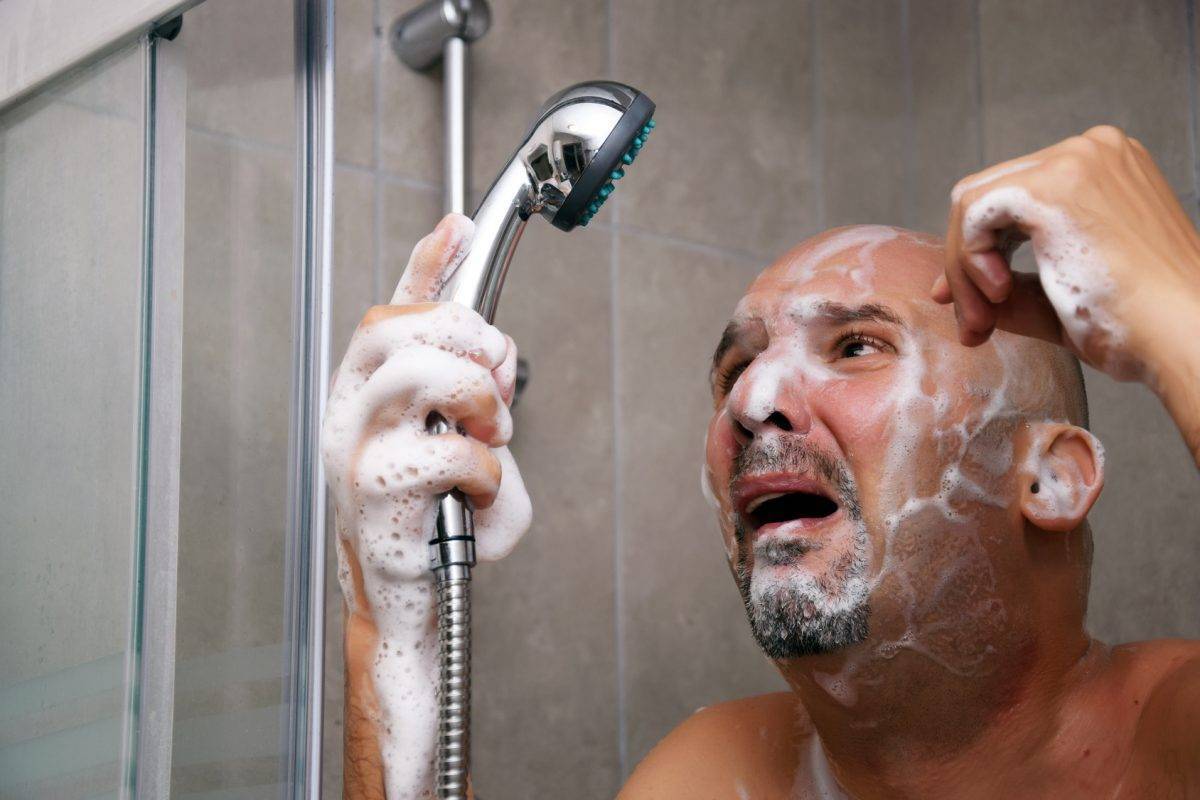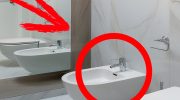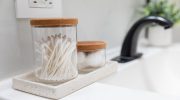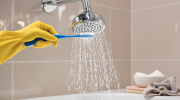The Japanese trick that will change your life: say goodbye to putting your glasses on top of each other The most Basque village in the world is located 10,000 km from Spain: it has 6,000 inhabitants and Basque lessons It’s the most beautiful and rarest word in the Spanish language, and you’ve never heard it before.
It is very disappointing when a tap starts to lose pressure and the flow of wateris greatly reduced. Not only does this affect comfort, but it can also slow down everyday tasks, such as washing dishes or filling a glass of water. The most common problem is dirt or debris accumulated in the tap filter, which can block the flow of water. Therefore, before you contact a plumber, you can try a very simple trick in a few minutes to get your taps working as well as they did on the first day.
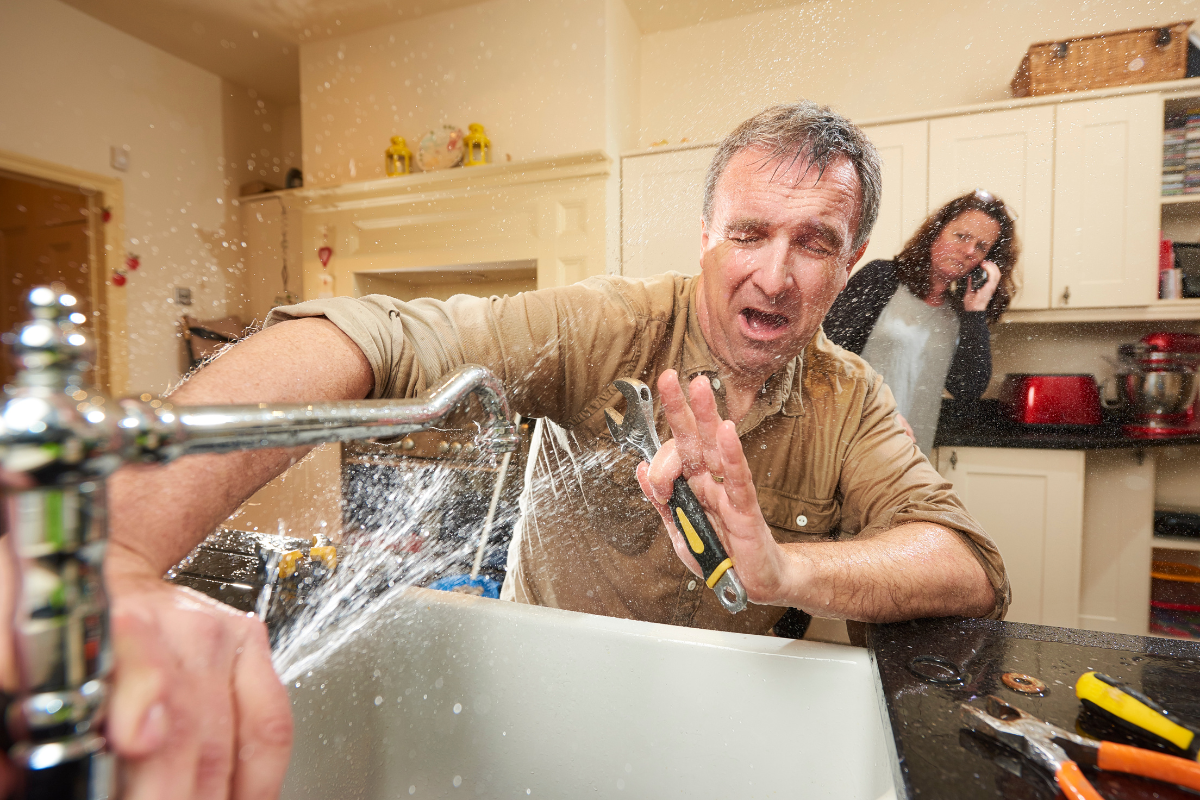
First of all, you should check the tap’s filter– one of the main places where dirt accumulates. The filter is the metal part at the end of the tap, usually at the water outlet. Its purpose is to filter out dirt from the water supply before it reaches the sink or washbasin. However, over time it can become blocked by accumulations of lime, sand, sediment or even small stones. If you notice that the tap is losing pressure, it is likely that this blockage is blocking the flow of water.
The trick to making taps look like new
To check the filter, first unscrew it. Normally, to remove it, just turn it anti-clockwise, but if it’s difficult, you can use pliers or a wrench to loosen it. When you hold the filter in your hands, you will probably see a residue of accumulated dirt or impurities.
To clean a tap filter, the easiest and most effective way is to soak it in white vinegar, which is excellent at dissolving limescale and stubborn dirt. Place the filter in a container of white vinegar and leave it for a few minutes. If the filter has a lot of limescale build-up, you may need to leave it in the vinegar for an hour or two, depending on the level of blockage.
Vinegar has the property of breaking down limescale and other clogging substances, so after this soaking time the residue will be easily loosened. If you prefer, you can scrub the filter with a soft bristle brush to remove any remaining sediment. This method is particularly useful when dealing with tougher debris that vinegar will not dissolve, such as small pebbles or larger sediments.
Once the filter has been in the vinegar and the dirt has loosened, it is time to rinse it with hot water to remove any remaining vinegar residue or dirt. Make sure there is no vinegar residue left as this can affect the taste of the water. After thoroughly rinsing, put the filter back in place and make sure it fits snugly.
After reinstalling the filter, turn off the tap and check that the water flow has improved. If the problem is due to impurities accumulated in the filter, you will notice that the water pressure has returned to normal.
In some cases, it is possible that the tap still has pressure problems despite the filter being cleaned. If this happens, it may not be the filter that is clogged, but the pipes that feed the tap. In this case, the problem should be checked by a plumber. However, household taps are rarely blocked in this way.
Additional tips
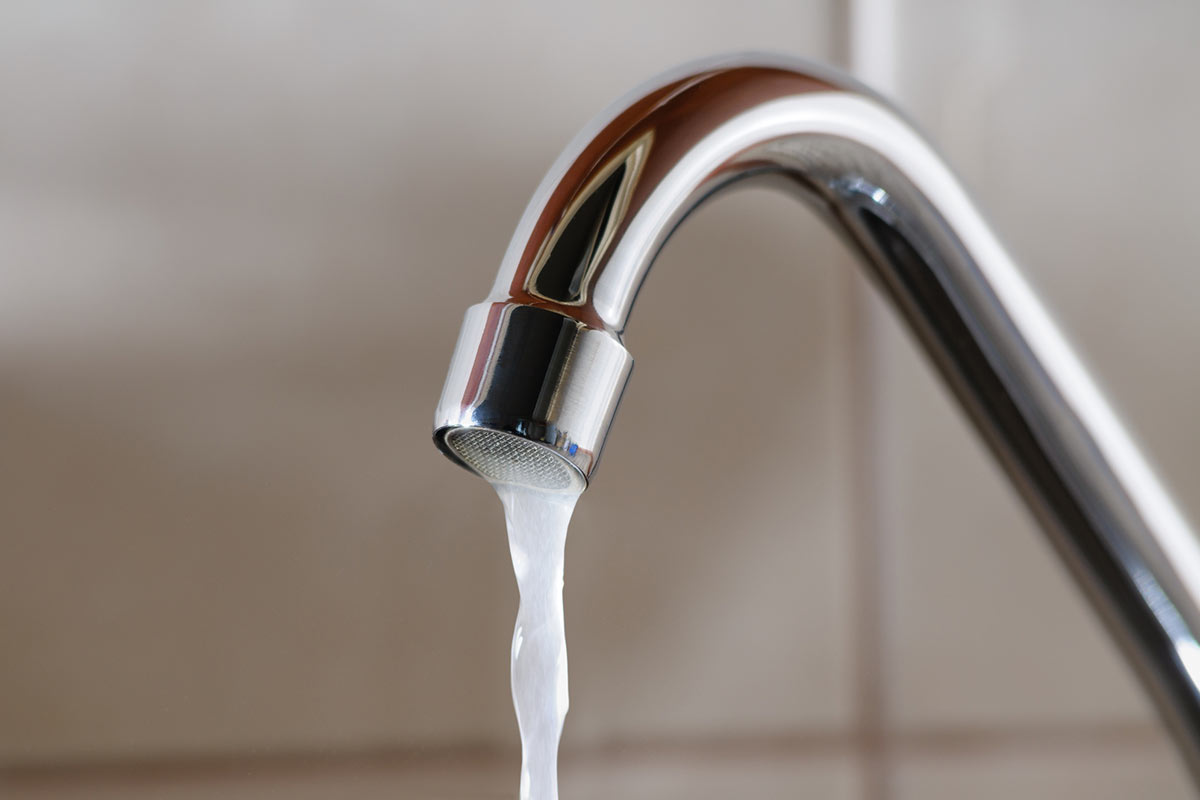
Although this trick is effective in clearing temporary blockages, it is important to keep your plumbing system in good condition to prevent problems from recurring. Here are some additional tips:
- Make sure that water does not accumulate in areas with poor circulation. If you live in an area with hard water, limescale is more likely to form in pipes and taps. Using filters at the water inlet can prevent this problem.
- Filters do not last long. If your tap has a permanent filter, change it from time to time, especially if you live in an area where there is a lot of lime or impurities in the water.
- A little preventive maintenance every few months can help keep the water flowing consistently. By regularly checking and cleaning the filters, you will avoid the accumulation of excess water and reduce the risk of serious blockages.
Repairinglow-pressure taps with this trick is a very simple process. In most cases, the problem can be solved by cleaning the tap filter. With a few simple steps, such as unscrewing the filter, cleaning it with vinegar and reinstalling it, you can get the water flowing again in minutes. This method is very effective and not only saves money on costly repairs, but also extends the life of the tap.

